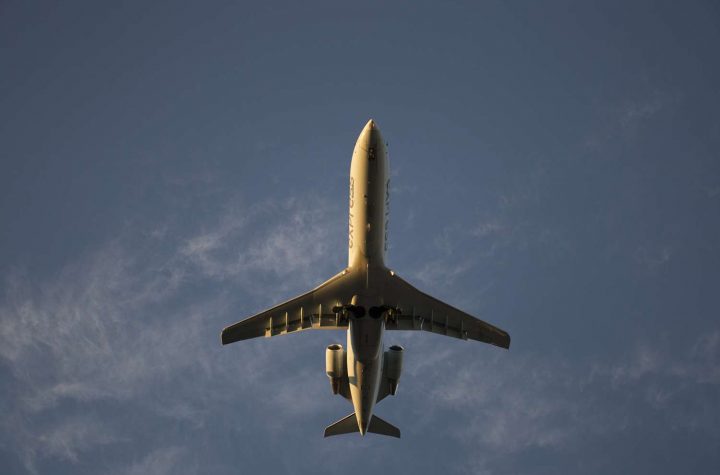- This topic is empty.
-
AuthorPosts
-
2024-10-18 at 2:20 pm #81702
In today’s fast-paced world, efficient transportation is crucial for individuals and businesses alike. With a plethora of options available, it can be challenging to determine which mode of transportation is the fastest. In this forum post, we will explore various transportation modes and analyze their speed, providing you with valuable insights to make informed decisions.
1. Air Travel:
When it comes to covering long distances quickly, air travel reigns supreme. Commercial airplanes can reach speeds of up to 575 mph (925 km/h), making them the fastest mode of transportation. With the ability to fly non-stop between continents, air travel offers unparalleled speed and convenience for international journeys.2. High-Speed Rail:
High-speed rail systems, such as the renowned Japanese Shinkansen or the European TGV, provide an excellent alternative for medium to long-distance travel. These trains can reach speeds of up to 200 mph (320 km/h), offering a swift and comfortable experience. High-speed rail networks are particularly prevalent in countries with advanced infrastructure, reducing travel time significantly.3. Maglev Trains:
Magnetic levitation (maglev) trains represent the epitome of speed in rail transportation. By utilizing magnetic forces to eliminate friction, maglev trains can achieve astonishing speeds. The Shanghai Maglev Train in China, for instance, can reach a maximum speed of 267 mph (431 km/h). Although currently limited to specific regions, maglev trains hold immense potential for revolutionizing future transportation.4. Supersonic Air Travel:
While not widely available yet, supersonic air travel is poised to make a comeback. Companies like Boom Supersonic and Aerion Supersonic are developing aircraft capable of flying faster than the speed of sound. These supersonic jets could potentially reach speeds of up to 1,354 mph (2,180 km/h), drastically reducing travel times for long-haul flights.5. Hyperloop:
The Hyperloop concept, proposed by Elon Musk, combines the speed of air travel with the convenience of ground transportation. This futuristic mode of transportation involves pods traveling through low-pressure tubes at near-supersonic speeds. Although still in the experimental phase, Hyperloop has the potential to reach speeds exceeding 600 mph (965 km/h), revolutionizing intercity travel.Conclusion:
In conclusion, determining the fastest mode of transportation depends on the distance, infrastructure, and technological advancements in a particular region. Air travel remains the fastest for long-distance journeys, while high-speed rail and maglev trains excel in medium to long distances. The future holds promising prospects with the emergence of supersonic air travel and the potential revolution brought by the Hyperloop concept. By considering these options, individuals and businesses can make informed decisions to optimize their travel time and efficiency. -
AuthorPosts
- You must be logged in to reply to this topic.


